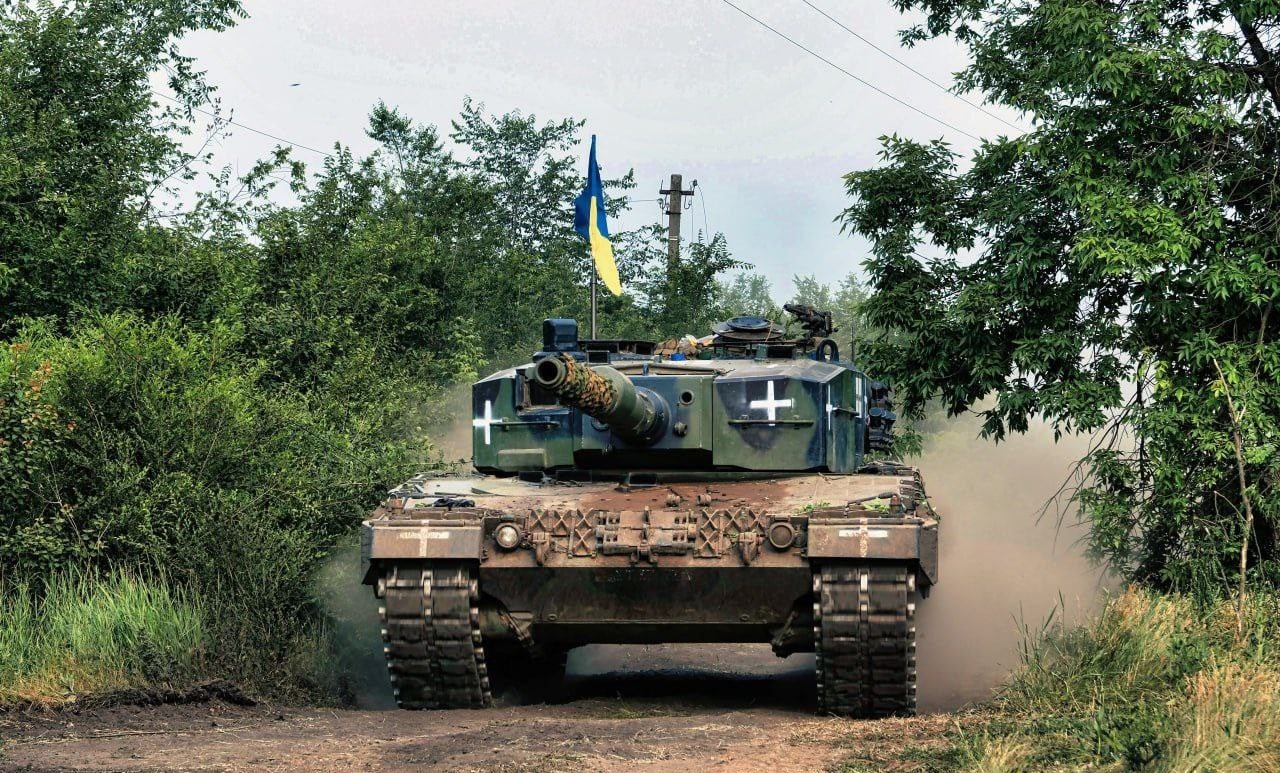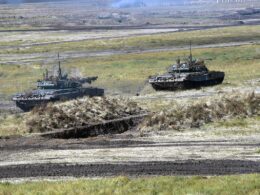Since 1 September, Kyiv has faced near-nightly Russian drone attacks, with air raid sirens waking residents and sending them to shelters or bathrooms for cover. In just the first week of November, sirens were active for 43 hours, CNN reports.
The situation on the Ukrainian front lines remains intense as of November 2024, with ongoing combat across multiple fronts, particularly in the Kurakhove and Pokrovsk areas. Ukrainian forces are facing increased Russian artillery shelling, especially in the Sumy and Kharkiv oblasts, while also repelling numerous assaults in Kharkiv Oblast. Russian losses are exceeding 1,300 soldiers in a single day, and overall casualties surpassing 700,000 since the all-out began. Despite losses, Russia managed to achieve territorial gains in eastern Ukraine.
The surge in urban attacks coincides with advancing Russian forces in Donetsk, as Ukrainian units face personnel shortages and must stretch their forces along an extensive front line.
Many air defense batteries are operated by volunteers from various fields, including Supreme Court judge Yurii Chumak, who told CNN that territorial defense members include lawmakers, an opera singer, and a TV host.
“We have been doing this for over two years,” he said, adding that drone attack intensity has peaked in recent months.
Their defense methods are simple—machine guns on high-rise rooftops.
“Drones were flying low, (so) it was realistic and cheap to shoot them down with a machine gun. At night, we are on duty continuously. There are attacks every day now,” Chumak added.
After a two-week trip to Ukraine, Konrad Muzyka, an analyst from Rochan Consulting, noted that integrating new troops remains a critical challenge for Kyiv.
Muzyka wrote on social media that the Ukrainian incursion into Russia's Kursk Oblast “has stretched the already small Ukrainian forces even further.”
According to Commander Syrskyi, over 52,000 Russian targets were destroyed or damaged by drones in October alone. However, Muzyka argued that drones can’t compensate for a lack of infantry, and despite a law passed earlier this year to improve mobilization, “the presence of newly mobilized units/soldiers is practically imperceptible.”
“We have a situation in which the Ukrainians not only cannot keep up with replacing losses but also lose soldiers at an increasingly rapid pace due to falling morale,” Muzyka said.
Russian forces have learned to exploit weaknesses in Ukrainian defenses, causing losses within a 10-kilometer radius of Pokrovsk in Donetsk Oblast. Along many other sections of the 600-mile front line, Ukrainian troops continue to hold their positions, but some analysts predict a new Russian offensive in the south. So far, Ukraine’s only territorial gain this year has been a sudden incursion into the Kursk Oblast in August.
Pessimistic forecasts have shifted the tone among Ukraine’s allies, who are now speaking more about Kyiv’s strength for negotiations rather than victory on the battlefield.
Rym Montaz of the Carnegie Endowment for International Peace noted that there is a “growing, quiet consensus that negotiations, which will entail accepting at least a temporary loss of sovereignty over territories, are the only way to end this war.”
“Kyiv is at one of its weakest points since February 2022, and the prospect of selling such a negotiation is a political minefield” for Ukrainian President Volodymyr Zelenskyy, said Montaz.
The report added that victory, defined by the Ukrainian government as the complete liberation of its territory from Russian forces, is now widely seen as unattainable.
Read more:
- What is Azov Regiment? Honest answers to the most common questions
- Russian attack cuts power to 37,000 in Ukraine’s Sumy Oblast as temps drop to +2°C/36°F
- Russia launches 135 explosive drones, Ukraine downs 80 UAVs, 44 more crash
- How the West enabled genocide in Mariupol with its misguided Azov obsession





